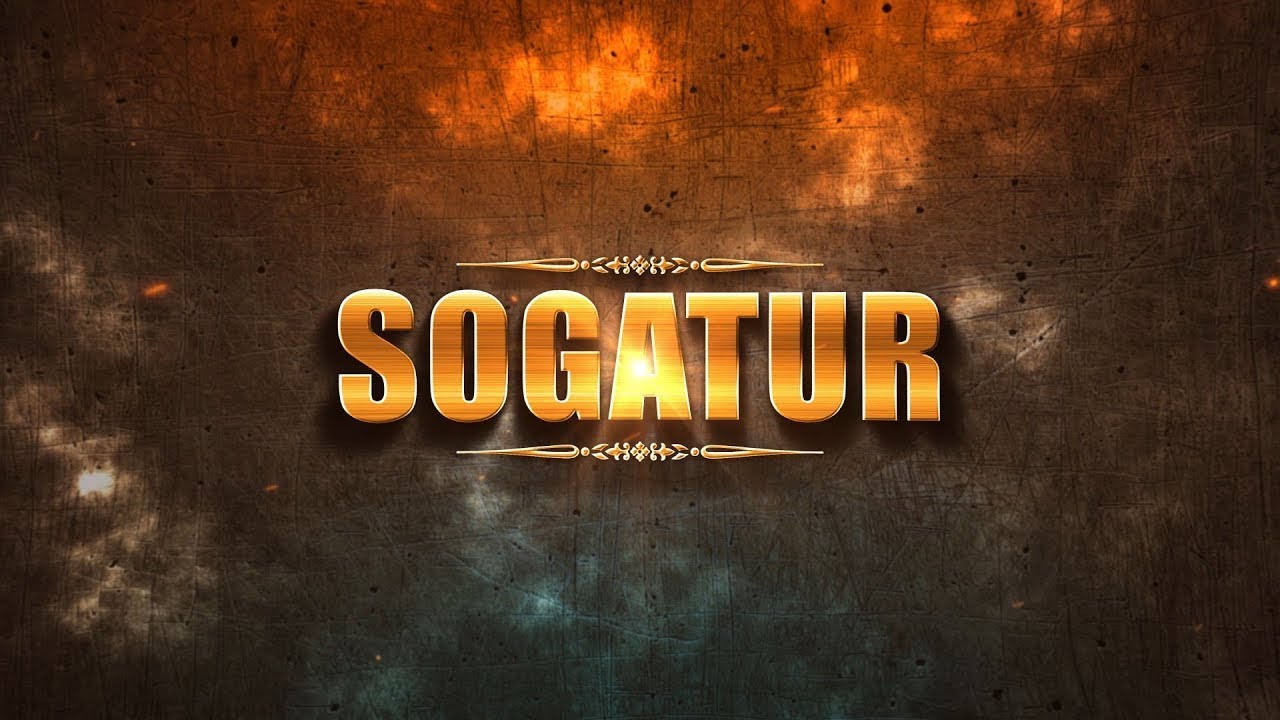
THE FIRST KING
OF EUROPE
Sogatur is the first king of Europe and yet uknown. We shall revive him with the latest laser light technology.
In his last adventure Sogatur was covered with the oldest processed gold in the world which was produced 1 000 years before the civilizations of Shumer and Egypt. The gold in his grave significatnly exceeds the gold items from the 5th millennium BC found all over the world.
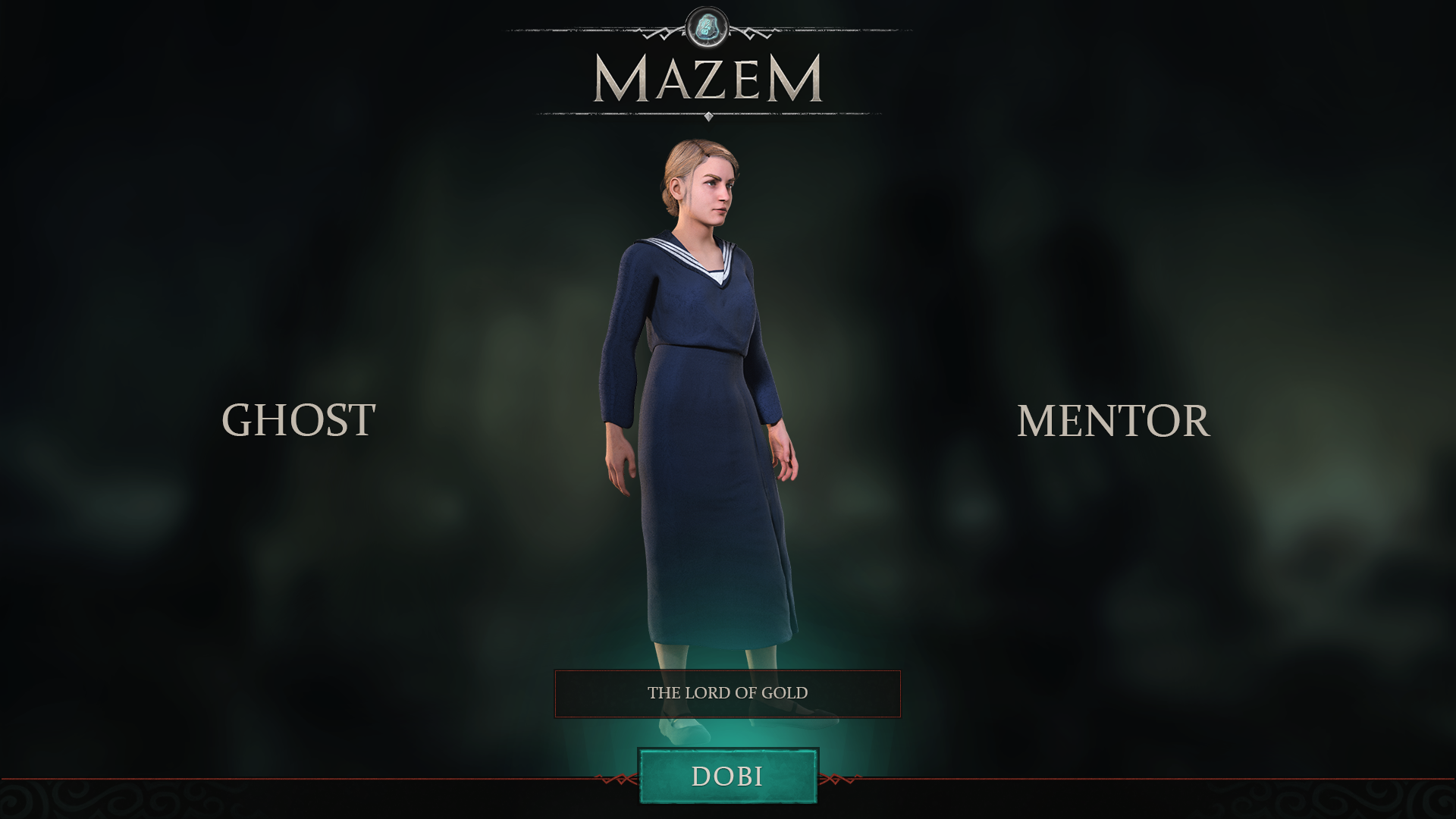
The ghost of Dobi is guiding users in their beyond reality adventure. She has dedicated her life in seeking the immortality elixir. Unfortunately, a tragic incident let her continue her quest in the afterlife.
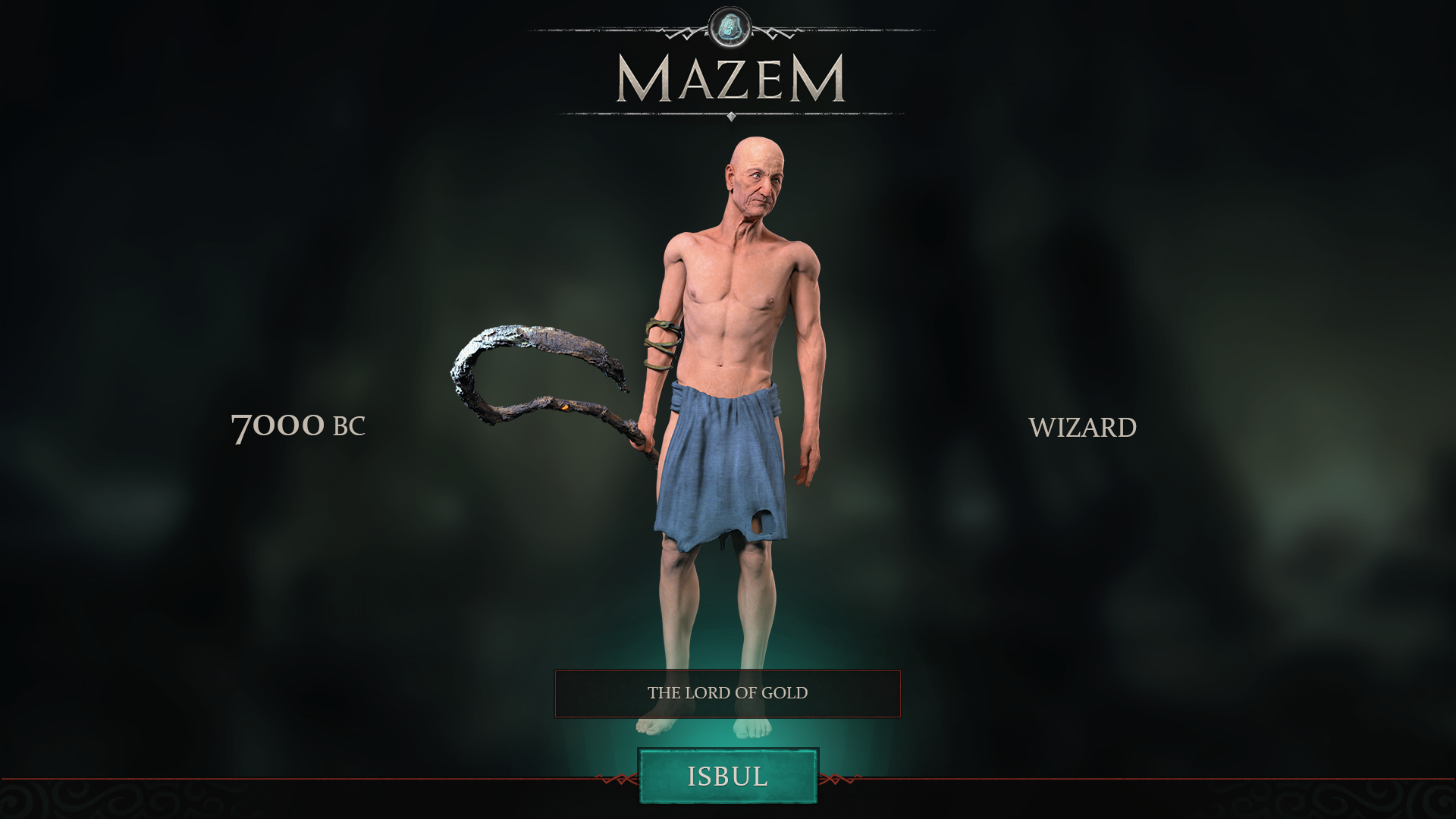
Isbul is spreading wisdom and magic.
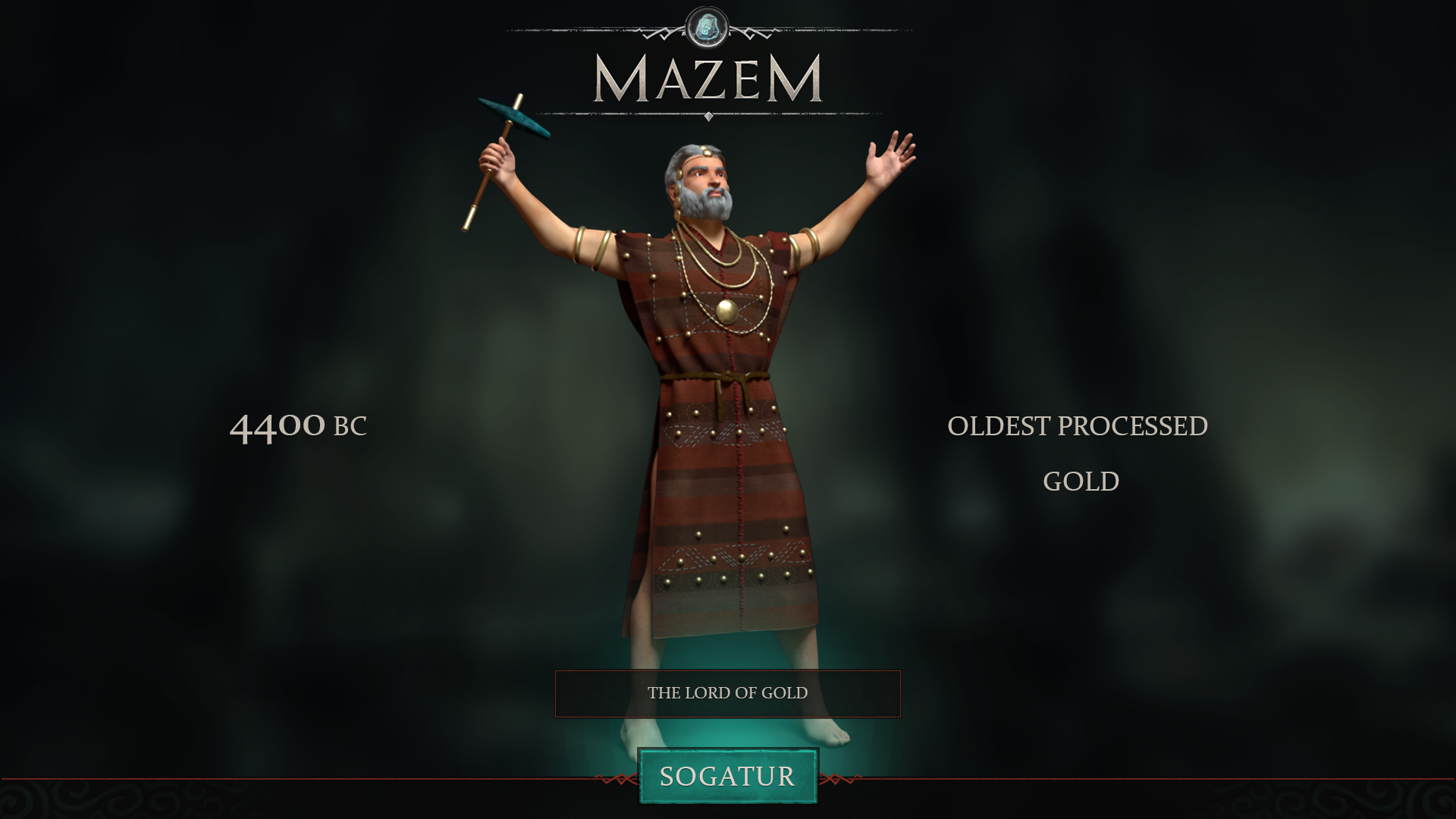
The remains of Sogatur are in the museum, but he is restless as Dobi. His spirit wanders in the space-time continuum, in a complex labyrinth created by his father, Laded in search of his ax.
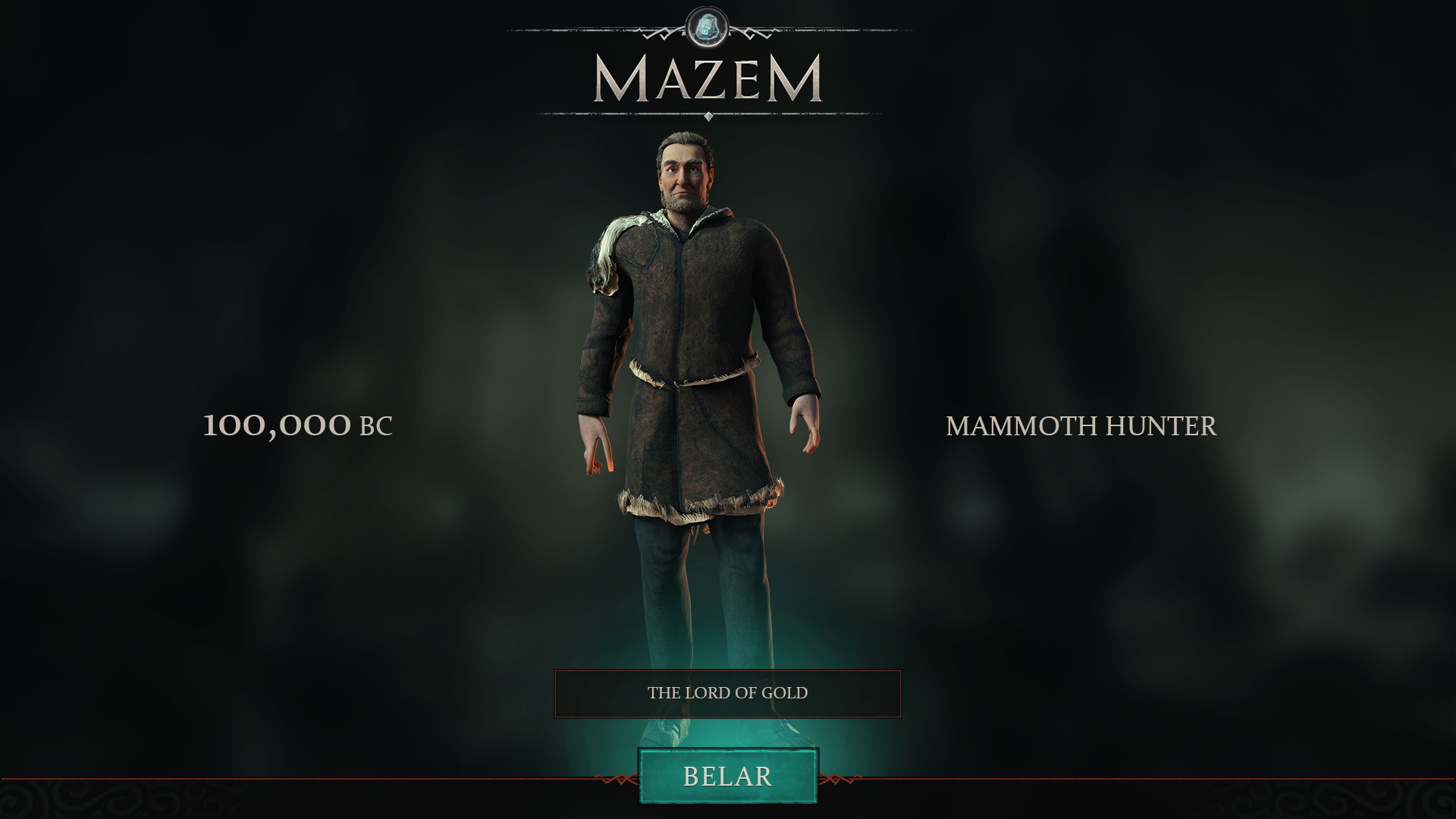
Hunt mamoths while socilize with Belar's tribe.
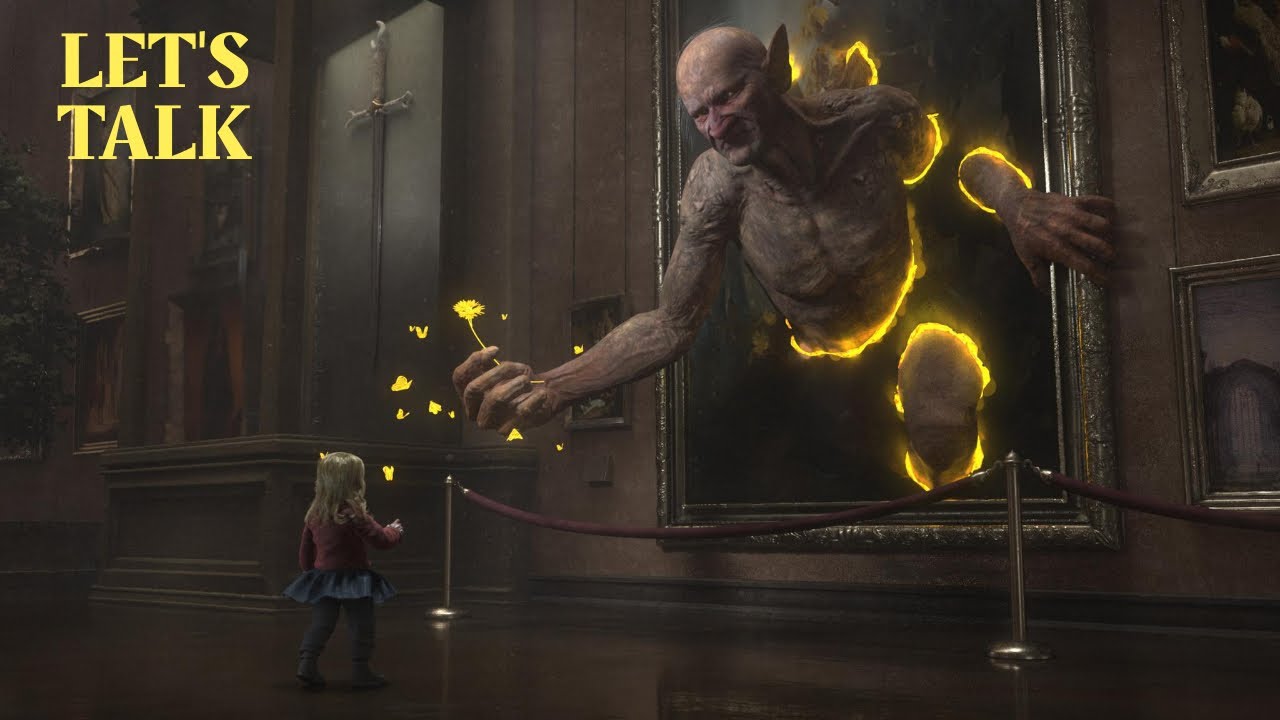
THE HOLOGRAM GAME
If you support this project we will make holograms of all golden artefacts and develop a game with holographic characters, so you can intract with them while in the museum.
The game story is rich of unexpected and trilling experiences.
Even the building of archaeological museum in Varna is hunted. It was once an all-girls High School “Maria Louisa” from 1893 until 1983 and some obscure forces are still at play, disturbing the museum spaces.
